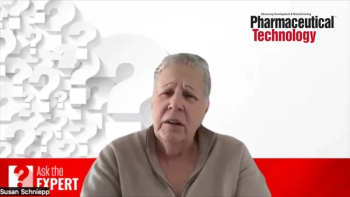
INTERPHEX 2025: Challenges in Ultra-Rare Disease Treatment Development
The Pharmaceutical Technology® Group sat down with Joe Katakowski, director of Research at the RTW Foundation about the challenges involved in the development of treatments for ultra-rare diseases.
At INTERPHEX 2025, which was held in New York City from April 1–3, Joe Katakowski, director of Research at the RTW Foundation, and Deanna Portero vice-president, Partnerships & Innovation, Orphan Therapeutics Accelerator, gave a presentation titled, “
“[Ultra rare disease] is the most difficult space in which I've worked in preclinical drug development ever. [R]are disease foundations have challenges [to] getting access to the same resources and expertise that drug development companies would have; that's mainly due [to] their small patient population sizes,” Katakowski says. “Rare disease is defined as fewer than 200,000 individuals affected by a disorder in the [United States]. Ultra rare is [a] made-up term. I use that term to describe any rare disease that's too small to attract any commercial attention from biotech[s] or [the] pharmaceutical industry, and so there are really no prospects towards the traditional drug development avenues, such that the only way you can get a drug developed is if the parents form a foundation and become de facto drug developers themselves.”
The ultra-rare disease community must work withing the same regulatory structure despite not having the same access to resources as pharmaceutical companies and biotechs, according to Katakowski. “They can't seek the same investment opportunities from venture capital groups or other investment firms, so they have to self-fund these efforts through fundraising, through their own foundations. So, they have limited resources and finances at their disposal to develop these drugs, and they are sort of expected to develop them in the same regulatory structure and environment as other biotech and pharma developers,” he explains.
Click the video above to watch part one of PharmTech Group’s interview with Joe Katakowski.
About the speaker
Joe Katakowski is director of Research at the RTW Foundation.
Newsletter
Get the essential updates shaping the future of pharma manufacturing and compliance—subscribe today to Pharmaceutical Technology and never miss a breakthrough.




